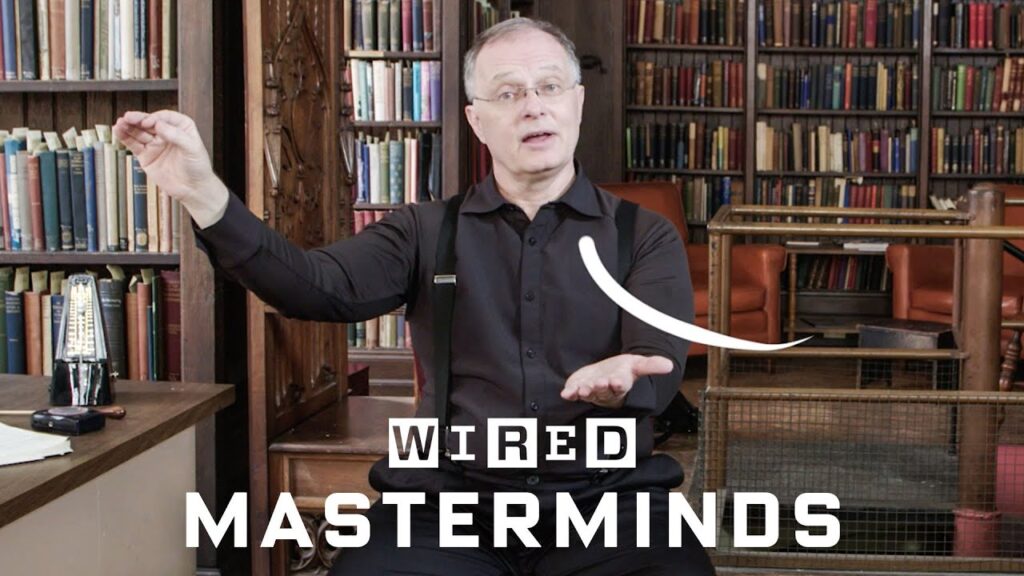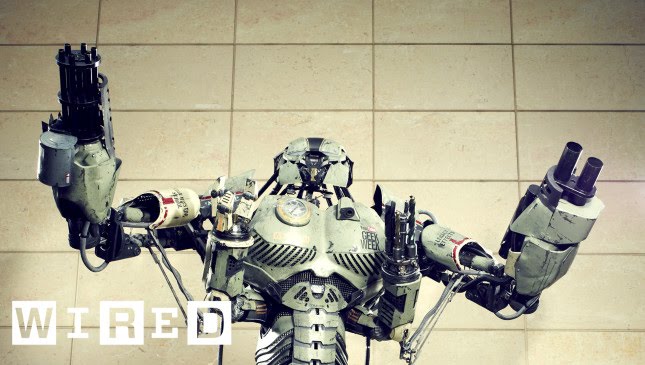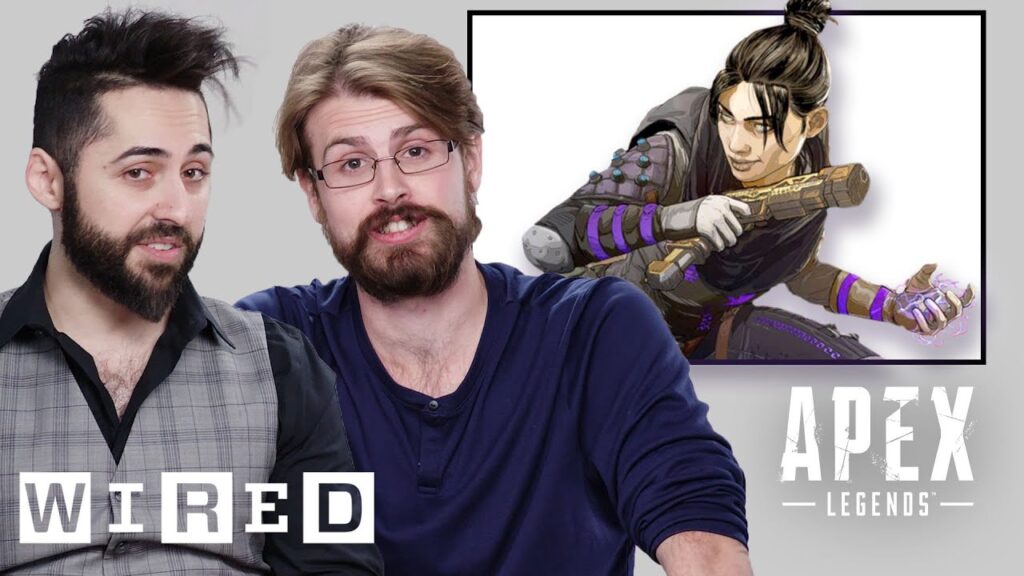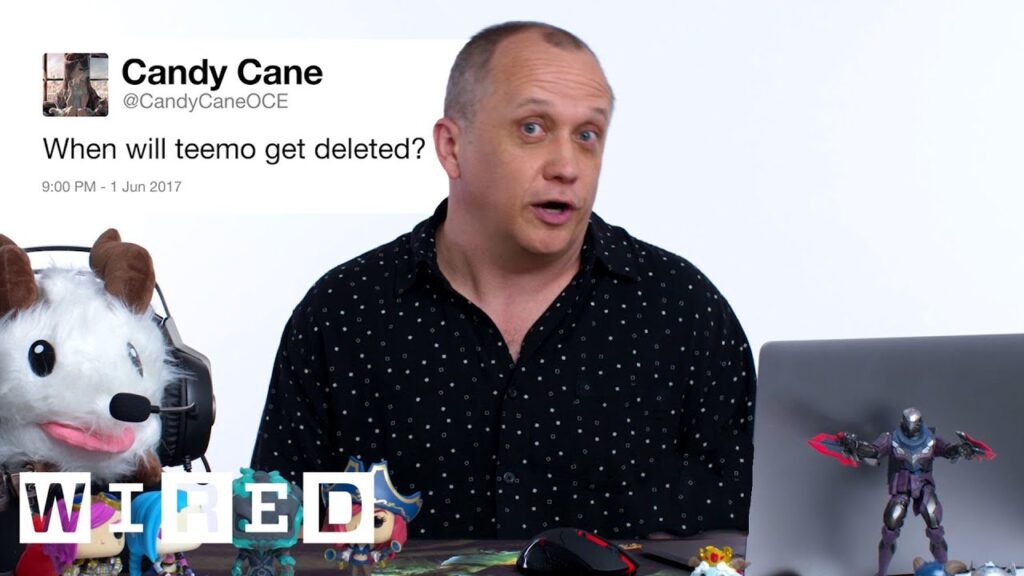The Making of Godzilla: A Modern Take on a Classic Monster
Summary
In this article, we explore the making of the 2014 film “Godzilla” directed by Gareth Edwards. The film modernizes the classic monster while still paying homage to the past. The visual effects studio MPC animated Godzilla with human traits to deliver a narrative while maintaining his status as one of cinema’s greatest monsters. The director also used as much real footage as possible to add realism to the film’s unnatural creatures.
Table of Contents
- Godzilla’s Modern Look
- Real Footage for Realistic Creatures
- The Director’s Approach to Godzilla’s Size
Godzilla’s Modern Look
Director Gareth Edwards wanted to modernize the classic monster while still paying homage to the past. Initially, Godzilla’s look was going to be based on real animals, but Edwards wanted to give him enough human traits to deliver a narrative. The visual effects studio MPC animated the new Godzilla with enough human traits to deliver a narrative and still make him one of history’s most impressive monsters.
Real Footage for Realistic Creatures
The climax of the film takes place in San Francisco, and Edwards wanted to shoot as much real footage as possible. For example, the iconic halo jump into the city used real footage of troops shot with a real parachute team. Similarly, the arrival of the Mutos and Godzilla in the city used as much real footage as possible to add realism to the film’s unnatural creatures.
The Director’s Approach to Godzilla’s Size
This newest Godzilla is the largest he’s ever been, but the director holds back what this massive creature can do until the end of the movie. Even then, Godzilla is only shot from realistic camera angles, often below looking up. The team worked out that at this size, if he swung his tail, it would reach supersonic speed. The character is just that much bigger than we’ve ever seen him before.
Conclusion
In conclusion, the making of “Godzilla” was a modern take on a classic monster while still paying homage to the past. The director’s approach to using real footage added realism to the film’s unnatural creatures, and the team’s work on Godzilla’s size made him the largest he’s ever been. Overall, the film was a success and a testament to the power of visual effects in modern cinema.






